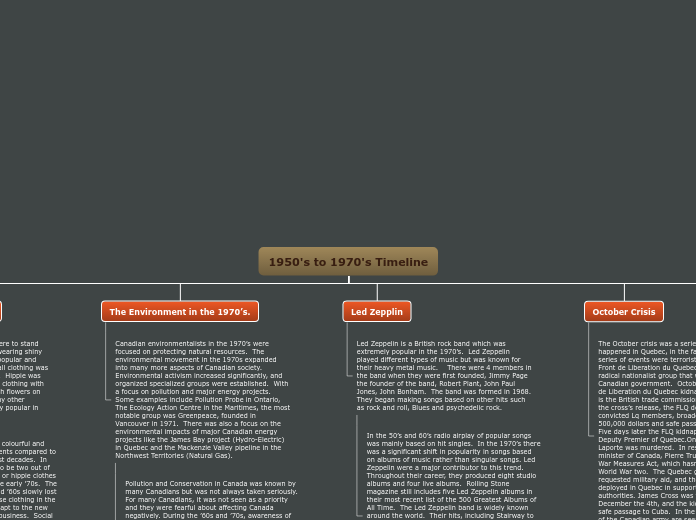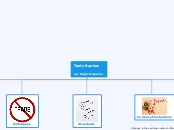av JS - 10DJ 693138 Port Credit SS för 4 årar sedan
325
Tree organigram
In 1965, Canada and the United States entered into the Canada-U.S. Auto Pact Agreement, a significant trade deal aimed at bolstering the automotive industries of both nations. Signed by Prime Minister Lester Pearson and President Lyndon Johnson, the pact eliminated tariffs on vehicles crossing the border, thereby facilitating the free movement of automobiles between the two countries.









